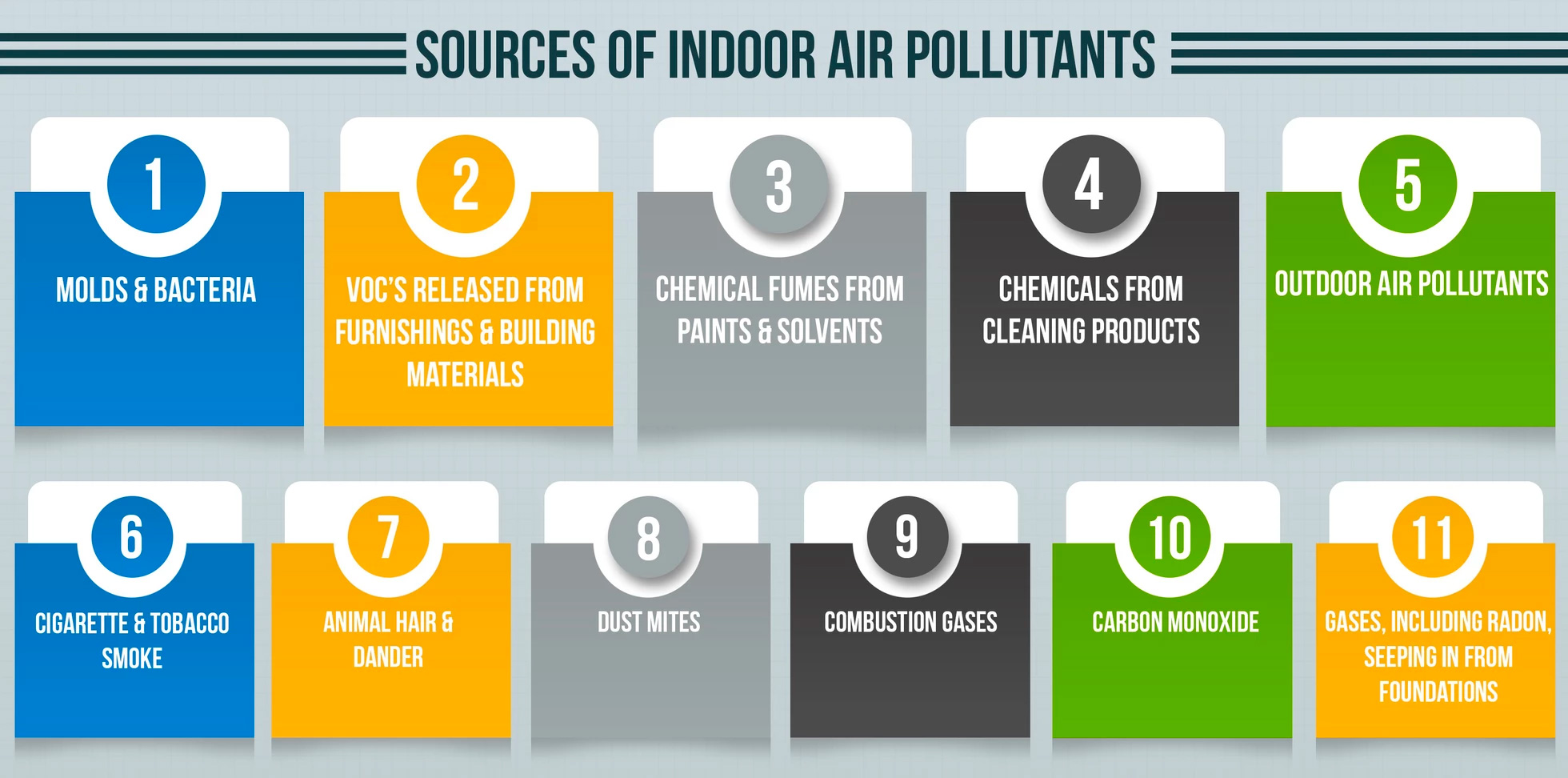INDOOR AIR QUALITY ASSESSMENT
UNPLEASANT ODOR IN YOUR PROPERTY? FEELING SICK AND DON’T KNOW WHY?
Your home is a haven for you and your family that can fall susceptible to many different types of pollutants. With the use of our professional South Florida testing services you can rest easy and confident that your home will be protected from the many pollutants that can pose health dangers. Miami Mold Specialist offers background expertise which includes indoor environmental consulting in various commercial settings to benefit the homeowner and business person, screening for conditions and constituents that may be impacting the indoor environment. The indoor environment includes a number of complex factors working together to make a space livable or to work in. These include air quality, thermal comfort, lighting, sound, and odor.


Miami Mold Specialist is capable of addressing all of these factors on an as needed basis or as per your request. For complaints of an indoor air quality concern, or in preventing an air quality situation from developing, governmental guidelines and standards are followed. The most useful resource for the homeowner or small business enterprise in existing situations is the Environmental Protection Agency (EPA) who has identified the most common sources of indoor air pollution in a home as:
- Radon
- Environmental Tobacco Smoke
- Biologicals (mold & bacteria)
- Formaldehyde
- Pesticides
- Asbestos
- Lead
Additionally, moisture can be a major contributor affecting indoor health. Either in unregulated humidity levels or uncontrolled or unidentified leaks, moisture can lead to fungal spores or mold that can be very unhealthy to occupants; and can cause extensive structural damage.
Here are some important facts to know:
1. The US EPA has reported that home air can have 100 times more chemicals inside than outside.
2. The US EPA has also reported that adults and kids now spend most of their time indoors (90%).
3. The CDC has reported that 20+ million adults have asthma, and the National Asthma Survey has reported that asthma is the most prevalent chronic disease among children. These numbers continue to increase annually, suggesting that the indoor environment plays a contributing role in this trend.
4. Mold growth can be present within the home and be hidden behind walls or underneath carpeting or flooring.
5. The use of Formaldehyde is prevalent in certain building materials and the concentration of this known cancer-causing agent can be many times the safe level.
Read about our Indoor Air Quality testing services below, and find out how we can help you.
What About Indoor Air Quality (IAQ)?
Indoor air is a “chemical soup” made up of a variety of chemicals from building materials, cleaning products, pesticides, personal care and consumer products, emissions from building equipment and activities, etc. There can be serious risks to the additive and cumulative effects of these chemicals.
Persistent discomfort due to indoor air pollutants often are the direct result of the materials used in “fitting out” for livability. Many porous materials and furnishings such as carpeting, couches, drapes, and wallboard absorb cleaning chemicals, fragrances, pesticides, and other air pollutants. Chemicals adsorb to virtually all indoor surfaces, but more strongly to rough rather than smooth surfaces. These chemicals are released again into the air for long periods of time, leading to prolonged indoor air pollution. Ever notice how a former smoking space still has the odor lingering long after smoking has ended…days, weeks, months?
Managing Indoor Air Quality
Clean indoor air can be as easy as opening a window or changing filters more frequently. However; with building envelopes becoming tighter for increased energy efficiency, the management of indoor air quality can become very complicated, especially in existing buildings.
Correcting problems with indoor air quality in existing buildings, and occasionally in new structures as well, may require a multi-step approach.
Interview – In all cases, a detailed interview with the occupant(s), or person making the complaint, is a necessary first step.
Visual Inspection – The second step is a visual inspection of the area where the source of the complaint may be focused.
Baseline Screening – In this three step approach, Common Sense Inspections use a strategy which begins with advanced sensor technology to screen for conditions that could be the cause for poor indoor air quality such as those listed by the EPA. Graphic analysis makes understanding the cause less of a guess or a maybe and helps identify the source together with the aid of additional strategies depending on the severity.











